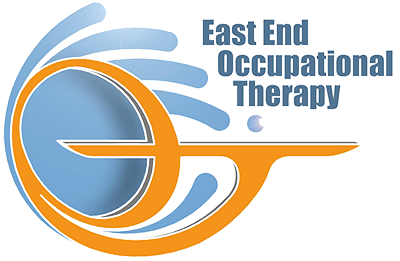How Do You Treat Joint Instability?
The joints in your body are located where two or more bones meet. Joints are flexible and allow for movement and bending to occur, but they should be stable and robust at the same time. If the connective tissues around the joints become loose or weak, joint instability occurs. At East End Occupational Therapy, we provide occupational therapy in Oceanside to help our patients strengthen and steady their joint instability. Contact us today to learn more about our services!
What is Joint Instability?

Joint instability is a common condition prevalent in children who don’t have developed entirely connective tissues. Joints are surrounded by tissues, such as muscles, ligaments, and bones. These connective tissues hold the joint’s bones in the proper place, but if they are weak or loose, joint instability occurs. As a result, joints can extend easily beyond the normal range of motion. The joints most commonly affected by joint instability are:
- Ankles
- Elbows
- Fingers
- Hips
- Knees
- Shoulders
- Wrists
Causes of Joint Instability
Joint instability can occur with or without underlying health conditions. Some of the causes of joint instability in people without previous health conditions include:
- Irregular bone shape/depth of the joint sockets
- Muscle tone or strength
- A poor sense of how far you’re stretching
- A family history of joint instability
In the other cases that joint instability does occur due to an underlying health condition, the following conditions may be the source:
- Down syndrome
- Cleidocranial dysostosis
- Ehlers-Danlos syndrome
- Marfan syndrome
- Morquio syndrome
Joint Instability Occupational Therapy In Oceanside
Sometimes people with joint instability do not have any symptoms at all. On the other hand, joint instability may result in pain and other symptoms that can hold you back. If you have any of the following symptoms, seek occupational therapy in Oceanside for treatment:
- Joint pain
- Joint dislocation
- Mild swelling
- Thin skin
- Hernia
- Varicose veins
How to Diagnose Joint Instability
Simple tests performed by our specialists during occupational therapy in Oceanside can be used to diagnose joint instability. The doctors will test to see if the following occur:
- The wrist and thumb can be moved backward so the thumb can reach the forearm.
- The little fingers can be extended back beyond 90 degrees.
- When standing, the knees are abnormally bowed backward.
- The arms bend further than usual when extended.
- When turning at the waist, the patient can put their palms flat on the floor with the knees straight.
Joint Instability Prevention
Simple actions can be done to avoid joint instability. It is recommended to exercise regularly to strengthen the muscles around joints to prevent them from becoming weak. Another tip is to not sit cross-legged with both knees bent. It is also advised to bend the knees slightly when standing to avoid hyperextension. Other recommendations include wearing well-fitted shoes with good protection and protecting your joints with padding or braces during physical activity.
Occupational Therapy In Oceanside Joint Instability Treatment
Treatment for joint instability can relieve pain and strengthen the joint. A doctor may recommend over-the-counter or prescription pain relief medications for pain relief, such as oral medication, topical sprays, or soothing creams. To reduce inflammation, medication may also be recommended. For strengthening the joint, occupational therapy in Oceanside with one of our specialists can help. Our occupational therapists can give you tips and tools to adapt to joint instability.
Contact East End – Occupational Therapy In Oceanside
If you have pain from joint instability or need a diagnosis, contact our staff to consult with our specialist. With the help of occupational therapy in Oceanside, we can help strengthen your joints and get you adjusted to life with joint instability. Schedule an appointment with our team today! Contact us today to learn more about our services!




